Black vs. White Sesame Seeds: A Flavorful Contrast You Can't Ignore!
Sesame seeds might seem like a small detail in the grand scheme of cooking, but their impact on flavor, texture, and even health is massive. Among the many types of sesame seeds, black and white are two of the most commonly used. But what really sets them apart? In this article, we'll dive into the difference between black and white sesame seeds, explore their unique characteristics, and give you practical tips to make the most out of both.
Table of Contents
- Introduction to Sesame Seeds
- Key Differences Between Black and White Sesame Seeds
- Culinary Uses and Flavor Profiles
- Buying Guide: How to Choose the Right Sesame Seeds
- Practical Tips for Using Sesame Seeds
- Conclusion
Introduction to Sesame Seeds
Sesame seeds come from the Sesamum indicum plant, one of the oldest oilseed crops known to humanity. They have been used in cooking for thousands of years across various cultures, from ancient Egypt to modern Asian cuisine. These tiny seeds pack a big punch when it comes to nutrition, flavor, and versatility.
There are several varieties of sesame seeds, including black, white, and even red. However, black and white are by far the most popular. While they may look similar at first glance, their differences go beyond just color—they also vary in taste, texture, and culinary applications.
Key Differences Between Black and White Sesame Seeds
To truly understand the difference between black and white sesame seeds, it's important to look at them side by side. Here's a quick comparison:
| Feature | Black Sesame Seeds | White Sesame Seeds |
|---|---|---|
| Color | Dark black | Light yellow or white |
| Flavor | Nutty, slightly smoky | Mild, sweet, nutty |
| Texture | Crunchier | Softer, smoother |
| Oil Content | Higher | Lower |
| Common Uses | Asian dishes, sauces, desserts | Bread, salads, stir-fries |
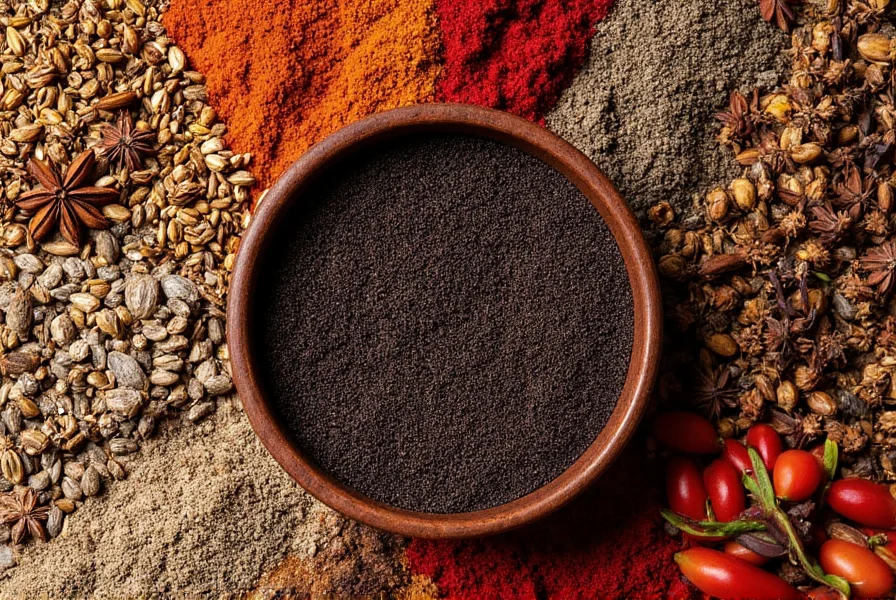
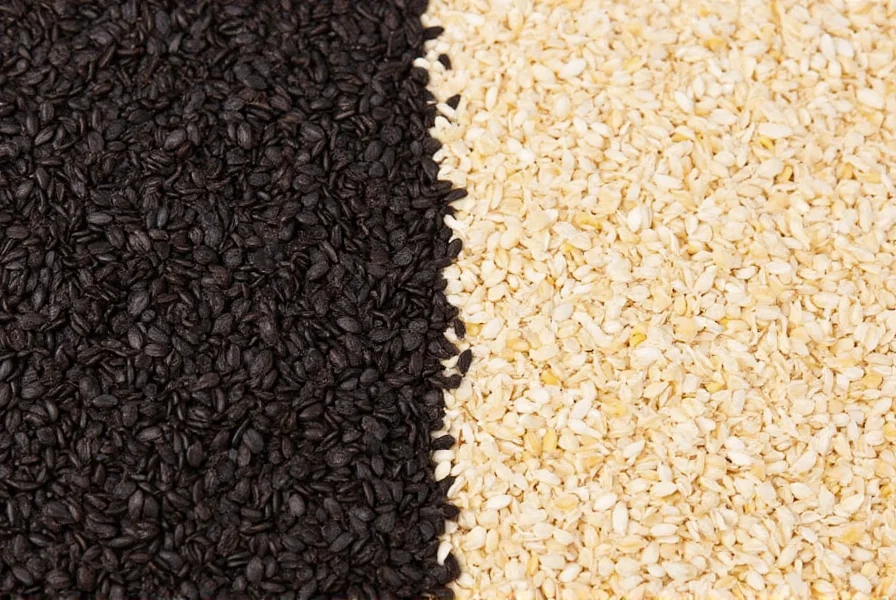
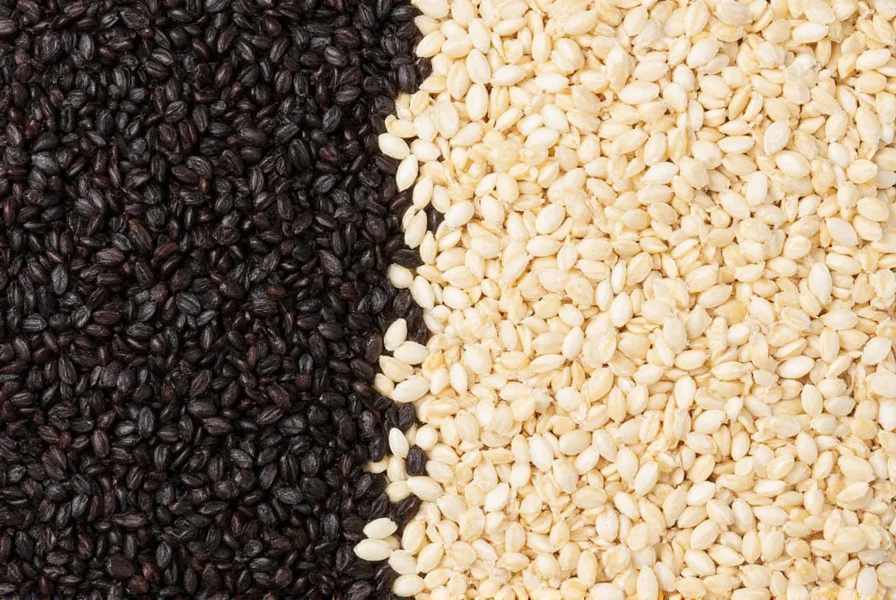
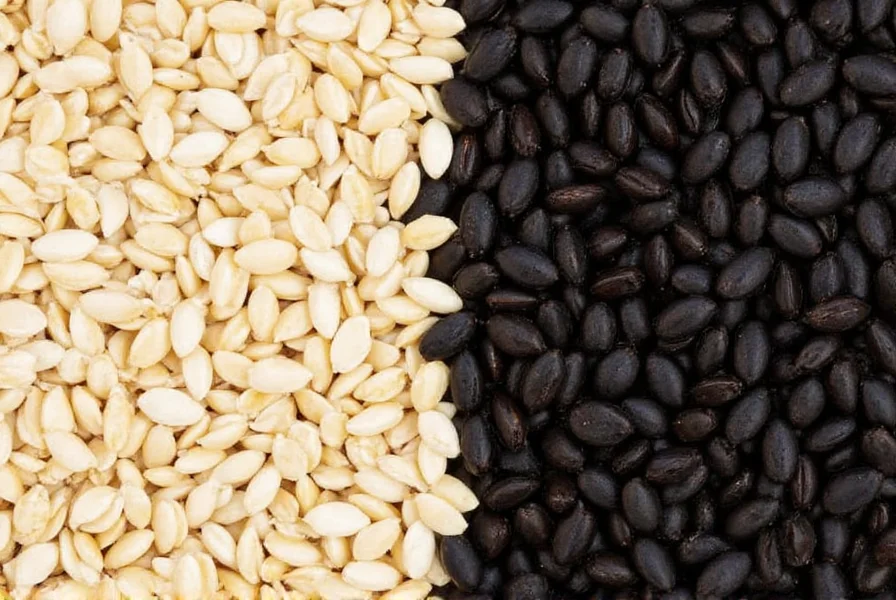
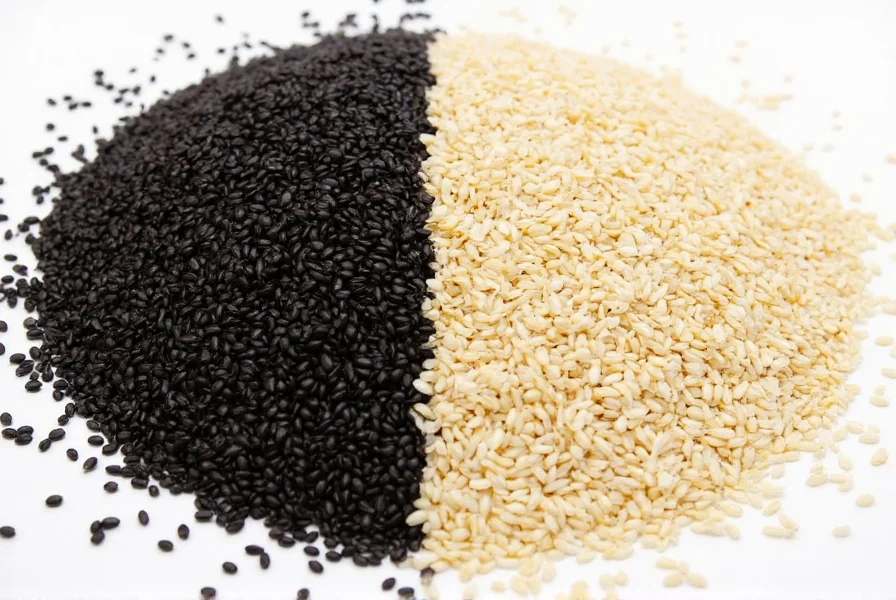
Culinary Uses and Flavor Profiles
Both black and white sesame seeds bring unique flavors to the table, and each has its own best uses in the kitchen.
Black Sesame Seeds
Black sesame seeds have a more intense, nutty, and slightly smoky flavor compared to their white counterparts. This makes them ideal for dishes where you want a bold, rich flavor. They are commonly used in:
- Japanese and Chinese desserts like mochi, sesame balls, and black sesame paste
- Asian sauces such as hoisin or sesame oil-based dressings
- As a garnish for soups and stews, especially in Korean and Japanese cuisines
Their higher oil content also means they can be used to make homemade sesame oil, which adds depth to any dish.
White Sesame Seeds
White sesame seeds are milder and sweeter than black ones. Their subtle flavor makes them perfect for dishes where you don’t want the sesame to overpower other ingredients. Some common uses include:
- Stir-fries, rice dishes, and noodle recipes
- As a topping for breads, bagels, and crackers
- In Western-style baked goods like cookies and cakes
- As a base for tahini or other nut-based pastes
Buying Guide: How to Choose the Right Sesame Seeds
Whether you're looking for black or white sesame seeds, knowing how to choose the right product can make a big difference in your cooking. Here’s a detailed guide to help you pick the best ones:
For Black Sesame Seeds
- Product Name: Premium Black Sesame Seeds
- Features: Whole, unroasted, high-quality seeds with a deep black color
- Advantages: Rich flavor, ideal for traditional Asian recipes
- Use Cases: Making sesame paste, desserts, or garnishing dishes
- Target Audience: Home cooks, professional chefs, and those who love Asian cuisine
- Suitable Occasions: Special occasions, holiday meals, or gourmet cooking sessions
For White Sesame Seeds
- Product Name: Organic White Sesame Seeds
- Features: Light-colored, lightly roasted, organic-certified
- Advantages: Milder flavor, great for everyday use and baking
- Use Cases: Topping for breads, adding to salads, or making tahini
- Target Audience: Bakers, home cooks, and health-conscious individuals
- Suitable Occasions: Daily meals, family dinners, or casual gatherings
Practical Tips for Using Sesame Seeds
Here are some simple yet effective tips to help you make the most of black and white sesame seeds in your kitchen:
- Toast before using: Whether you're using black or white sesame seeds, toasting them in a dry pan or oven enhances their flavor. Just watch the heat carefully to avoid burning.
- Use in moderation: Sesame seeds are calorie-dense, so a little goes a long way. A sprinkle or two is often enough to add flavor without overdoing it.
- Pair with strong flavors: Black sesame seeds work well with bold ingredients like soy sauce, chili, or miso. White sesame seeds pair nicely with dairy, fruits, or lighter sauces.
- Make your own paste: Grind black sesame seeds with a bit of oil to create a rich, nutty paste. It's perfect for drizzling over noodles or mixing into desserts.
- Store properly: Keep sesame seeds in an airtight container in a cool, dark place to preserve their freshness and flavor.
Conclusion
Understanding the difference between black and white sesame seeds is more than just a fun fact—it’s a key part of unlocking their full potential in the kitchen. Whether you're going for a bold, nutty flavor or a subtle, sweet touch, there's a sesame seed for every dish. From traditional Asian recipes to modern Western cuisine, these tiny seeds can elevate your cooking in ways you never expected.
So next time you reach for a sprinkle of sesame, take a moment to think about which type will bring the best flavor to your plate. And remember, sometimes the smallest details make the biggest difference—just like the difference between black and white sesame seeds.

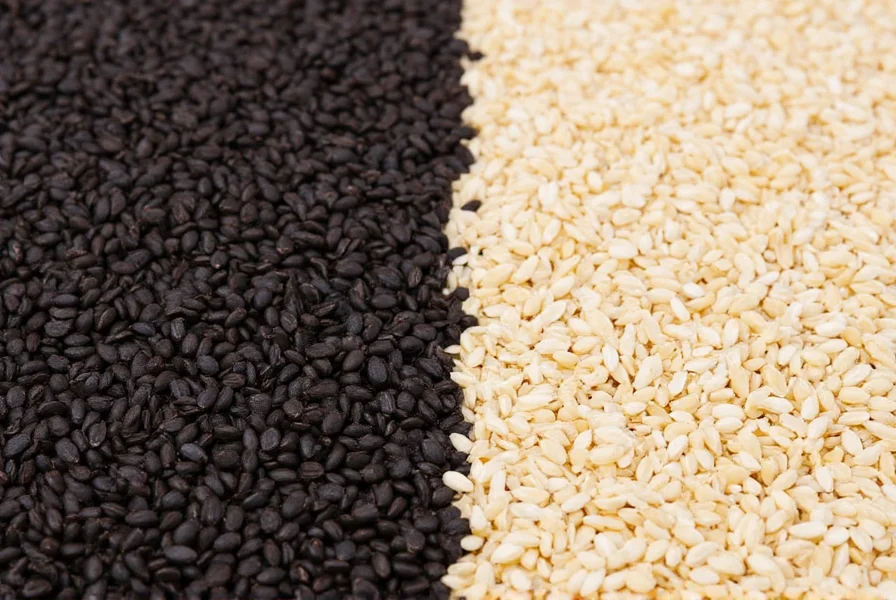









 浙公网安备
33010002000092号
浙公网安备
33010002000092号 浙B2-20120091-4
浙B2-20120091-4